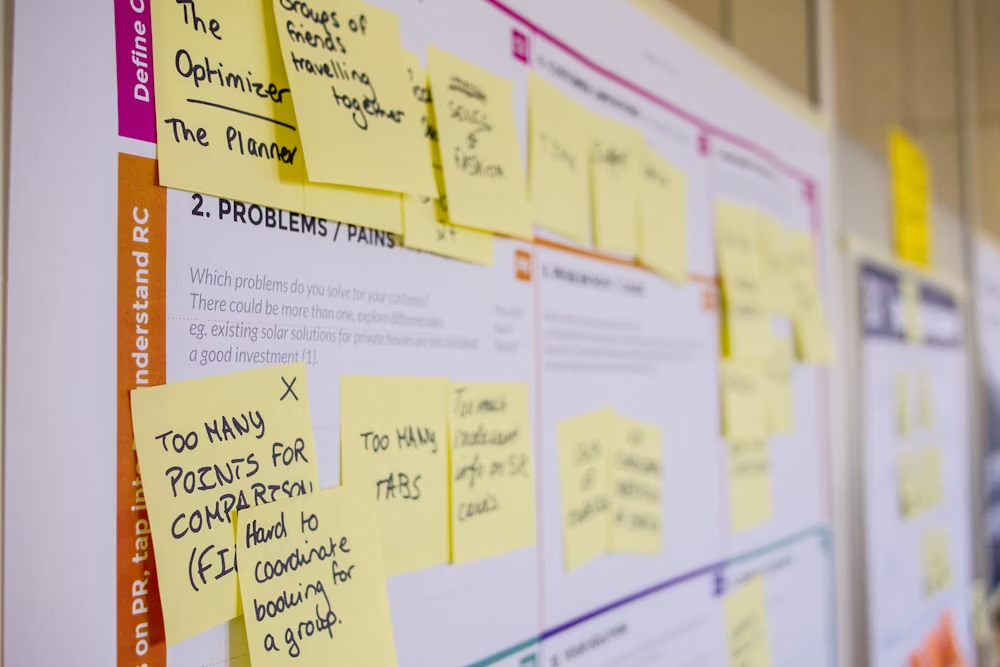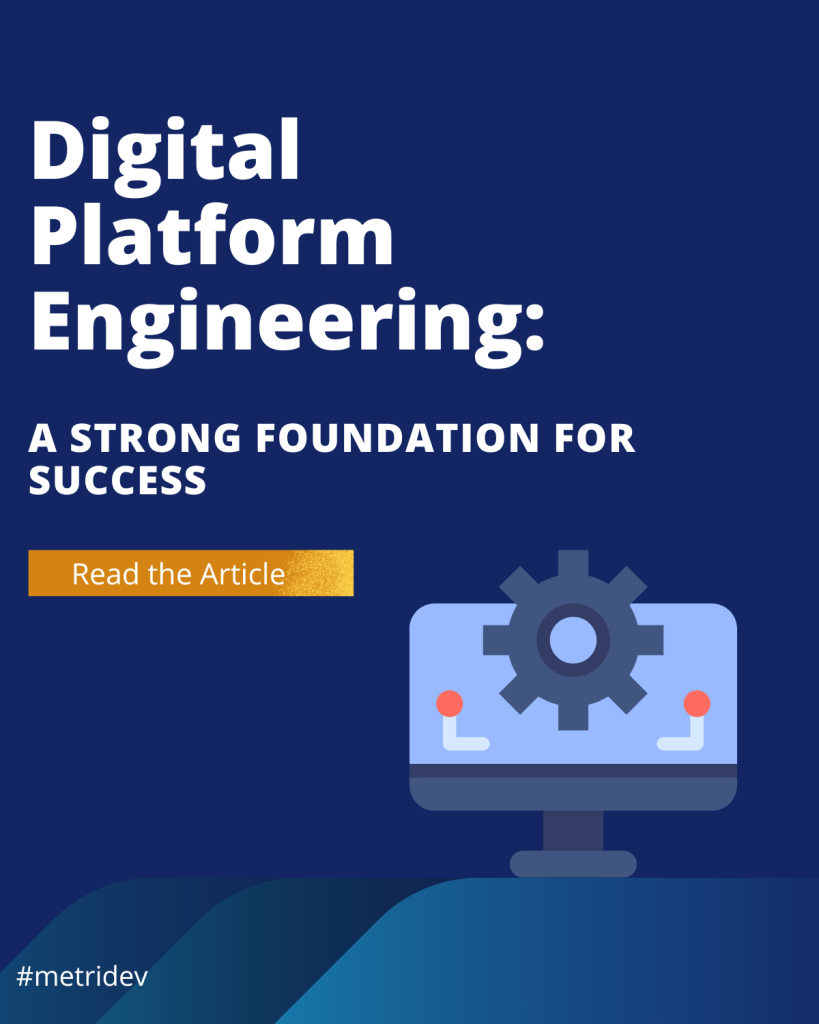Introduction to Agile Project Management
Agile project management has become a widely adopted approach in the software development industry, emphasizing flexibility, collaboration, and continuous improvement. At the heart of agile methodologies lies the concept of story points, which serve as a critical tool for estimating and prioritizing work. In this article, we will explore the role of the Fibonacci sequence in enhancing agile project management through the use of story points.
Agile project management is a iterative and incremental approach that focuses on delivering value to customers in a rapid and adaptable manner. Unlike traditional waterfall methodologies, agile emphasizes collaboration, flexibility, and continuous feedback to ensure that projects stay aligned with evolving business needs.
What are Story Points?
In agile project management, teams use story points as a unit of measure to estimate the effort required for completing a specific user story or task. They represent the relative complexity, effort, and risk associated with a given piece of work, rather than a direct correlation to the number of hours or days required.
The primary benefits of using story points in agile project management include:
- Improved Estimation Accuracy: Story points help teams better estimate the effort required for tasks. They account for factors beyond just time, such as complexity and risk.
- Enhanced Prioritization: By assigning story points to tasks, teams can more effectively prioritize and sequence their work to deliver the highest-value items first.
- Consistent Velocity Tracking: Story points provide a consistent metric for measuring team productivity and progress over time. These enable more accurate forecasting and planning.
Why is the Fibonacci Sequence Used for Story Points?
The Fibonacci sequence is a mathematical sequence where each number is the sum of the two preceding ones, starting with 0 and 1. Agile project management often uses this sequence to estimate story points because of its unique properties and benefits.
Introduction to the Fibonacci Sequence
The Fibonacci sequence is defined as follows:
0, 1, 1, 2, 3, 5, 8, 13, 21, 34, 55, 89, 144, ...
Each number in the sequence is the sum of the two preceding numbers. This pattern creates a series of numbers that grow exponentially, with the ratio between consecutive numbers approaching the golden ratio (approximately 1.618).
How the Fibonacci Sequence is Used in Agile Story Points
In agile project management, teams use the Fibonacci sequence to assign story points to tasks and user stories for several key reasons. Firstly, it facilitates Relative Estimation by providing a scale that reflects the relative complexity and effort of tasks, rather than absolute values. Secondly, it helps in Reducing Bias due to its non-linear nature. It prevents teams from over-estimating or under-estimating tasks, as can happen with linear scales. Thirdly, it contributes to Improved Precision by offering larger increments for more accurate estimation of complex tasks (e.g., 13, 21, 34). And also smaller increments for better granularity with simpler tasks (e.g., 1, 2, 3).

How to Estimate Story Points Using the Fibonacci Sequence?
When estimating story points using the Fibonacci sequence, teams typically follow these steps:
- Identify the Smallest Task: The team determines the smallest, simplest task and assigns it a story point value of 1.
- Assign Fibonacci Values: For each subsequent task, the team assigns a Fibonacci number (2, 3, 5, 8, 13, 21, 34, etc.) based on the relative complexity and effort compared to the smallest task.
- Reach Consensus: The team collaborates to discuss and reach a consensus on the appropriate Fibonacci value for each task. They consider factors such as complexity, risk, and uncertainty.
- Adjust as Needed: As the project progresses, the team may need to adjust their story point estimates based on new information or changing requirements.
How Many Hours is Fibonacci in Story Points?
The Fibonacci sequence used for story points does not directly translate to a specific number of hours or days. Instead, it represents the relative effort and complexity of tasks. However, some general guidelines can be provided:
- 1 Story Point: Typically represents the smallest, simplest task that can be completed in a single day or less.
- 2-3 Story Points: Represent tasks that can be completed in a few days.
- 5-8 Story Points: Represent tasks that can take up to a week or two to complete.
- 13-21 Story Points: Represent more complex tasks that may take several weeks to complete.
- 34-55 Story Points: Represent large, complex tasks that may take several months to complete.
It’s important to note that the actual time required for a task with a specific story point value can vary significantly based on the team’s skills, the project’s complexity, and other factors. People use the Fibonacci sequence to provide a relative scale, not an absolute time measurement.
Advantages of Using the Fibonacci Sequence for Estimating Story Points
The use of the Fibonacci sequence for estimating story points in agile project management offers several key advantages. Firstly, Improved Estimation Accuracy is achieved through the non-linear nature of the Fibonacci sequence. It helps teams avoid over-estimation or under-estimation of tasks, resulting in more accurate estimates. Secondly, Enhanced Prioritization is facilitated by the Fibonacci scale. It provides a clear differentiation between task complexities and enabling teams to prioritize and sequence their work more effectively.
Additionally, Reduced Cognitive Load is experienced as the Fibonacci sequence is a well-known and intuitive scale. It makes it easier for team members to understand and apply during estimation sessions. Furthermore, Consistent Velocity Tracking is ensured by the Fibonacci sequence. It provides a consistent metric for measuring team productivity and progress over time, enabling more accurate forecasting and planning. Lastly, Adaptability to Uncertainty is enabled by the Fibonacci sequence’s flexibility in accommodating larger task sizes (e.g., 13, 21, 34). It allows teams to better manage uncertainty and complexity in their projects.
Implementing the Fibonacci Sequence in Agile Project Management
To implement the Fibonacci sequence for story points in agile project management, teams can follow these steps:
- Educate the Team: Ensure that all team members understand the concept of the Fibonacci sequence and its benefits for story point estimation.
- Establish a Common Understanding: Collaborate with the team to define the criteria for assigning Fibonacci story point values. For instance, the characteristics of a “1-point” task.
- Conduct Estimation Sessions: During planning or refinement sessions, have the team collectively estimate the story point values for each task or user story using the Fibonacci sequence.
- Monitor and Adjust: Regularly review the team’s velocity and story point estimates. Make adjustments as needed to maintain accuracy and alignment with project goals.
- Incorporate into Agile Practices: Integrate the use of Fibonacci story points into the team’s agile ceremonies. For example, sprint planning, backlog grooming, and retrospectives.
Best Practices for Using the Fibonacci Sequence for Story Points
To effectively leverage the Fibonacci sequence for story points in agile project management, consider the following best practices. Firstly, establish a Common Understanding among all team members regarding the Fibonacci sequence and its application to story point estimation. Secondly, encourage Collaborative Estimation by fostering an environment where team members actively participate in the estimation process. Where they can share their perspectives and reaching consensus. Thirdly, maintain Flexibility, recognizing that the Fibonacci sequence is a guide. Also be willing to adjust story point values as needed based on new information or changing requirements.
Additionally, provide Training and Support to team members through ongoing training and support. Help them become proficient in using the Fibonacci sequence for story point estimation. Integrate the use of Fibonacci story points seamlessly into the team’s existing agile practices. For instance, sprint planning, backlog refinement, and retrospectives. Lastly, Track and Analyze Velocity by regularly monitoring the team’s velocity and story point burn-down to identify trends, patterns, and areas for improvement.
Example of the Fibonacci Method
Let’s consider a simple example of how we can use the Fibonacci sequence for story point estimation in an agile project:
Suppose a team is working on a new feature for a web application. The team identifies the following tasks:
- Create a new user registration form. This is the smallest, simplest task, so the team assigns it 1 story point.
- Implement email verification for new users. The team estimates this task to be slightly more complex than the registration form, so they assign it 2 story points.
- Develop a password reset functionality. The team determines this task to be more complex than the email verification, so they assign it 3 story points.
- Integrate social media login options. The team recognizes this task as significantly more complex, so they assign it 5 story points.
- Implement a multi-step onboarding process. The team estimates this task to be quite complex, so they assign it 8 story points.
By using the Fibonacci sequence, the team can effectively communicate the relative complexity and effort required for each task, enabling better prioritization and planning.
Common Challenges when Using the Fibonacci Sequence for Agile Story Points
While the Fibonacci sequence offers numerous benefits for agile project management, there are also some common challenges that teams may face. Difficulty in Estimating Large Tasks arises when assigning Fibonacci story point values to very large or complex tasks, as the increments become more significant. Resistance to Change may occur as some team members may be hesitant to adopt the Fibonacci sequence. Thye might prefer more familiar estimation methods or linear scales. Inconsistent Application of the Fibonacci sequence across the team or organization can lead to estimation discrepancies and reduced accuracy.
Moreover, Overreliance on the Sequence may happen when teams become overly dependent on it. They might fail to consider other factors that may influence task complexity and effort. Lack of Historical Data may also pose a challenge for new teams or organizations. They can struggle to establish reliable velocity and historical data when first implementing the Fibonacci sequence for story points. To address these challenges, teams should focus on continuous training, fostering a collaborative estimation process, and regularly reviewing and adjusting their practices as needed.
Conclusion: Enhancing Agile Project Management with the Fibonacci Sequence
The Fibonacci sequence has proven to be a powerful tool for enhancing agile project management through the use of story points. By providing a relative scale that accounts for complexity, effort, and risk, the Fibonacci sequence helps teams make more accurate estimates, prioritize their work effectively, and track their progress more consistently.
If you’re interested in learning more about how to improve your agile project management practices, consider reading our aritcle Scrum Ceremonies: A Step-by-Step Approach to Agile Success.









Leave a Reply